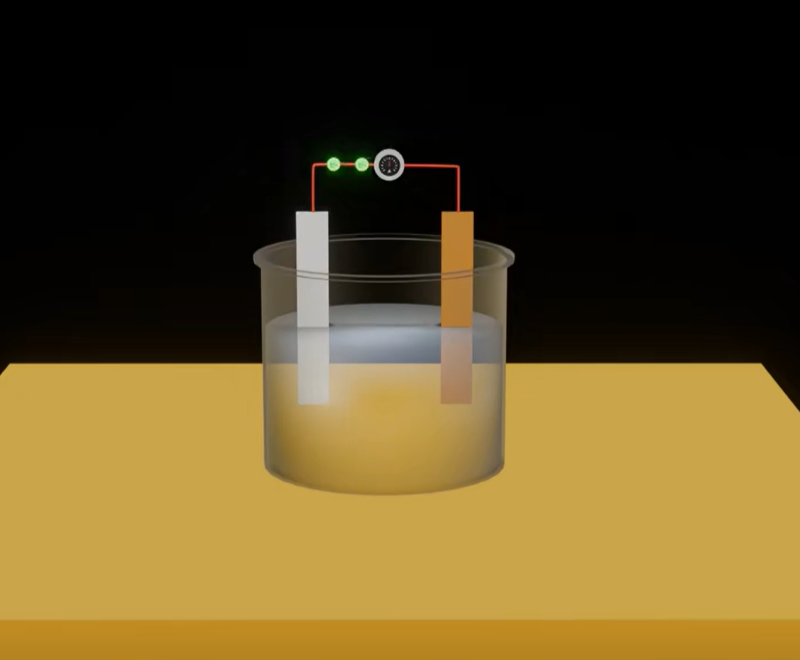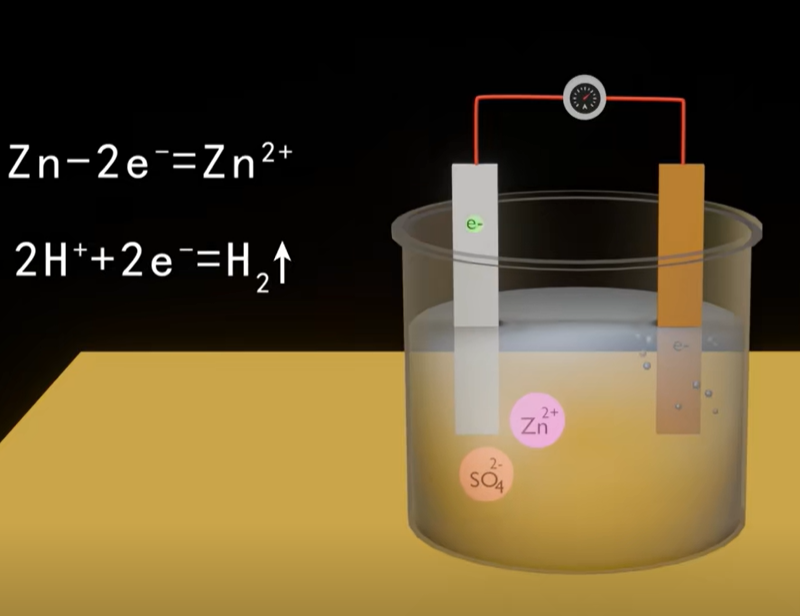Blog
Explore the Power of Lithium Innovation
Stay updated with the latest trends, technologies, and application insights in the world of lithium battery solutions
Search the whole station
Explore the Power of Lithium Innovation
Stay updated with the latest trends, technologies, and application insights in the world of lithium battery solutions
Batteries and chemical cells are closely related because batteries are essentially chemical power sources that convert chemical energy into electrical energy through chemical reactions.
A battery is a device for energy conversion and storage. It transforms chemical energy or physical energy into electrical energy through reactions.
Based on their energy conversion, batteries can be divided into chemical batteries and physical batteries.
Common types of chemical batteries include primary cells, secondary cells, and fuel cells:
The basic principles involve electrolyte solutions, electron flow, and electrode reactions. A battery typically consists of:
The battery operates by creating a potential difference between the electrodes through chemical reactions, driving electrons through an external circuit to achieve energy conversion.

In simple terms, a battery converts chemical energy into electrical energy. It usually consists of two electrodes (anode and cathode) and an electrolyte. Chemical reactions move electrons between the electrodes, generating current.
Example: Lead-acid battery
During operation, sulfuric acid decomposes into hydrogen ions (H⁺) and sulfate ions (SO4²⁻). Hydrogen ions act as oxidants, while sulfate ions react with lead oxide on the cathode to form water (H2O) and lead sulfate (PbSO4). This reaction generates a potential difference that drives electrons through the external circuit.
Electrochemical reactions are essential for energy conversion in batteries. Two main reactions occur:
Reaction conditions such as reactant concentration, electrolyte concentration, and temperature significantly affect battery performance and lifespan.

Batteries are widely used in daily life across various fields:
Batteries and chemical cells are closely related as both convert chemical energy into electrical energy through chemical reactions. Understanding battery principles and electrochemical reactions is crucial to better grasp their function and applications.
Continuous research and technological improvements aim to expand battery applications across more fields, benefiting modern society.
18650 3.7V 3000mAh battery offers stable voltage, long endurance, and high cost-effectiveness. Learn why this battery is ideal for industrial automation, consumer electronics, smart home devices, and outdoor equipment, with customizable solutions ...
View detailsCurious how a 36V battery performs in an ebike? This guide covers nominal vs actual voltages, capacity & range, safety, design choices, and my own riding experiments to help you choose—or even build—a custom ebike battery that works.
View detailsin-depth review of the ICR18650 2200 mAh (3.7 V) Li-ion battery, covering lab discharge tests and real-world applications, revealing capacity overstatements, internal resistance differences, and cycle life issues, while sharing hands-on practical ...
View detailsA comprehensive guide to 12V 18650 battery packs, covering assembly processes, BMS configuration, maintenance, and application scenarios for outdoor energy storage, smart home devices, e-bikes, and industrial equipment.
View details
HelloPlease log in